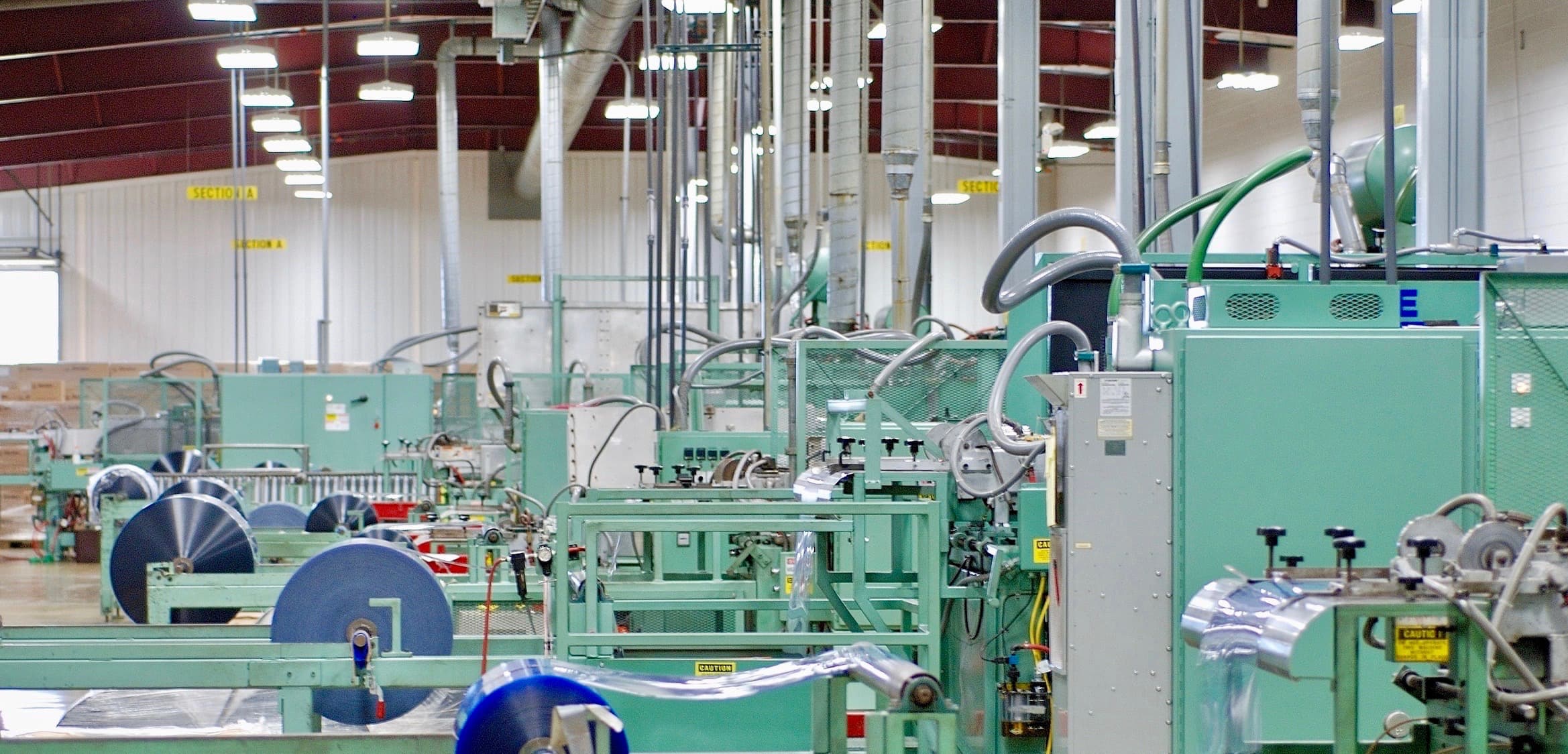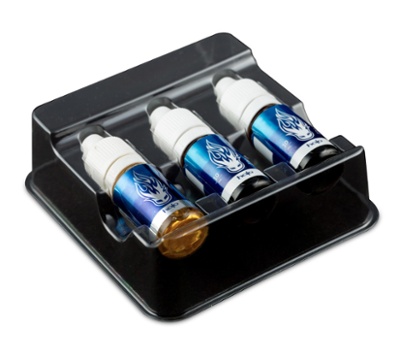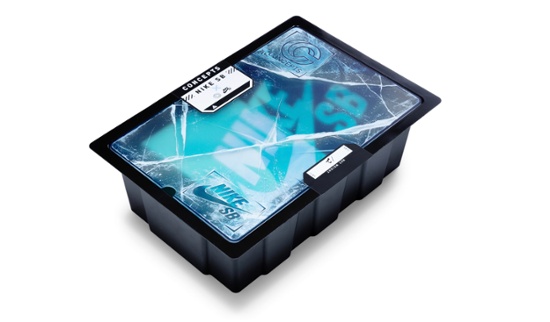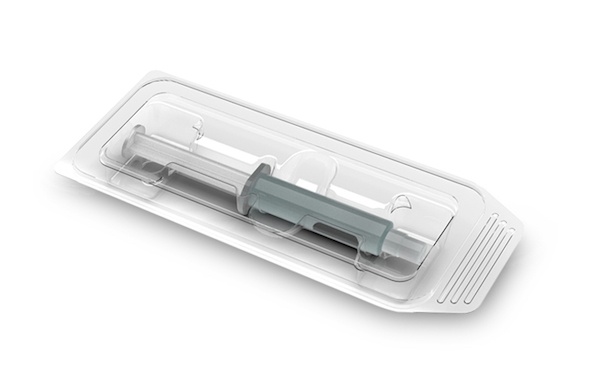When determining the appropriate material thickness for thermoformed packaging, one needs to consider the trade offs between performance and cost. Typically, the thicker the plastic, the more expensive the package. Thus, many strive to use the thinnest ‘starting gauge’—that is, the thickness of the plastic sheet before its thermoformed into a package. This approach, however, can beckon impediments to the form, fit, and function of the packaging.How do you determine the right material thickness to meet your thermoforming project requirements, while saving on material consumption costs? Please note: the information presented in generalizations for educational purposes.
Thermoformed packaging includes plastic blisters, clamshells, dunnage trays, and medical packaging. Markets served are retail, automotive, electronics, health & beauty, retail, medical, and more. Each packaging type, and market served, comes with its own set of performance & quality requirements. These expectations serve as the foundation for selecting the appropriate material thickness.
Material for thermoforming basics
In line, thin gauge thermoforming typically converts plastic ranging in thickness from .010-.080”. 0.010” thick plastic means that the sheet is 10,000th of an inch thick; it can also be called, 10 mil.
Plastic for thermoforming comes on rolls, where the sheet is fed into the machine for conversion. The plastic rolls range in weight and width—from a few hundred to a few thousand pounds; and, from roughly 22” to 38” wide. The sheet width is largely based on the size of the tool in the thermoforming machine.

Rolls of material feed plastic sheet into thermoforming machines at Dordan
Quality and performance expectations
What are your functional expectations for the package? Is it to secure and display product at retail? Provide shipping and assembly tray solutions? Protect and maintain the sterility of medical products?
Thermoforming quality control, in its most simplistic termers, can be understood as the package’s ability to meet the form, fit, and function expectations of the customer. ‘Form’ means the quality of the formed part itself; ‘fit’ means how well does the product fit into the package; and ‘function’ asks if the package does what it is designed to do. If the starting gauge is too thin for the application, then the inferior form and fit may compromise the function of the package.
For example, a 15 mil plastic insert tray is to hold a glass bottle with undercuts. The tray is to be placed inside a paperboard carton for retail sale. However, when the bottle is loaded into the tray, the force exerted into the cavity distorts the undercuts, keeping the tray from securely holding the bottle. The solution here is to upgage to a thickness that allows for adequate material distribution throughout the form to provide the structure necessary to hold the bottle via undercuts securely. Or, a complete packaging redesign.
Product depth
The depth of the product also helps inform the suitable starting gauge for the packaging.
Thermoforming takes heated, malleable plastic and pushes it into and over aluminum tooling to form the plastic part. Plastic sheet that is 10 mil thick, for example, only has 10 mil material per square inch to pull from to form the part. If the machine were to pull 10 mil material into a 5” deep mold, then the cavity would be paper thin, because there is just not enough material available for the machine to use to make a suitable part. Typically, the deeper the thermoformed part, the thicker the starting gauge may need to be to ensure a consistent distribution of material throughout the formed package.
 Nike thermoformed shoe box 6" deep; required .060 starting gauge for deep draw
Nike thermoformed shoe box 6" deep; required .060 starting gauge for deep draw
Medical tray packaging
Medical packaging tends to have more stringent performance and quality expectations vs. other thermoforming markets. If the medical tray is to be heat sealed to Tyvek or other lidding, then best practices suggest that the material starting gauge be at least .030.” This is because the seal flange (the plastic that seals to the lidding) needs to be of a consistent-enough thickness to allow for a strong seal. A starting gauge of 30 mil accounts for the slight reduction in material thickness due to the thermoforming process to provide flange stability for a strong seal.
It’s also typical that medical device packaging be of a more robust composition then their non-medical counterparts, since the contents of the packaging are of higher-risk.

Medical tray packaging with raised seal flange around cavity perimeter
Design around material constraints
Conversations about material thickness need to begin at the start of any new thermoforming project. If the material is too thin, then the package may not function as required. While you may save, say, 3% on packaging costs by using a thinner material, the cost of producing a package that fails to perform is significantly higher.
A seasoned thermoformer is able to select the appropriate starting gauge for your packaging project. Compromises between cost and performance are made in consultation with customers; these trade offs are integrated into the packaging design process. Quality thermoformers are experts in controlling the movement of plastic throughout the conversion process. Quality packaging designers are schooled in creating packaging that uses minimal material thickness through structural elements. Lean on a thermoformer that is highly-skilled in package design, tooling, and manufacturing to ensure the most pragmatic use of material for your thermoformed packaging.
